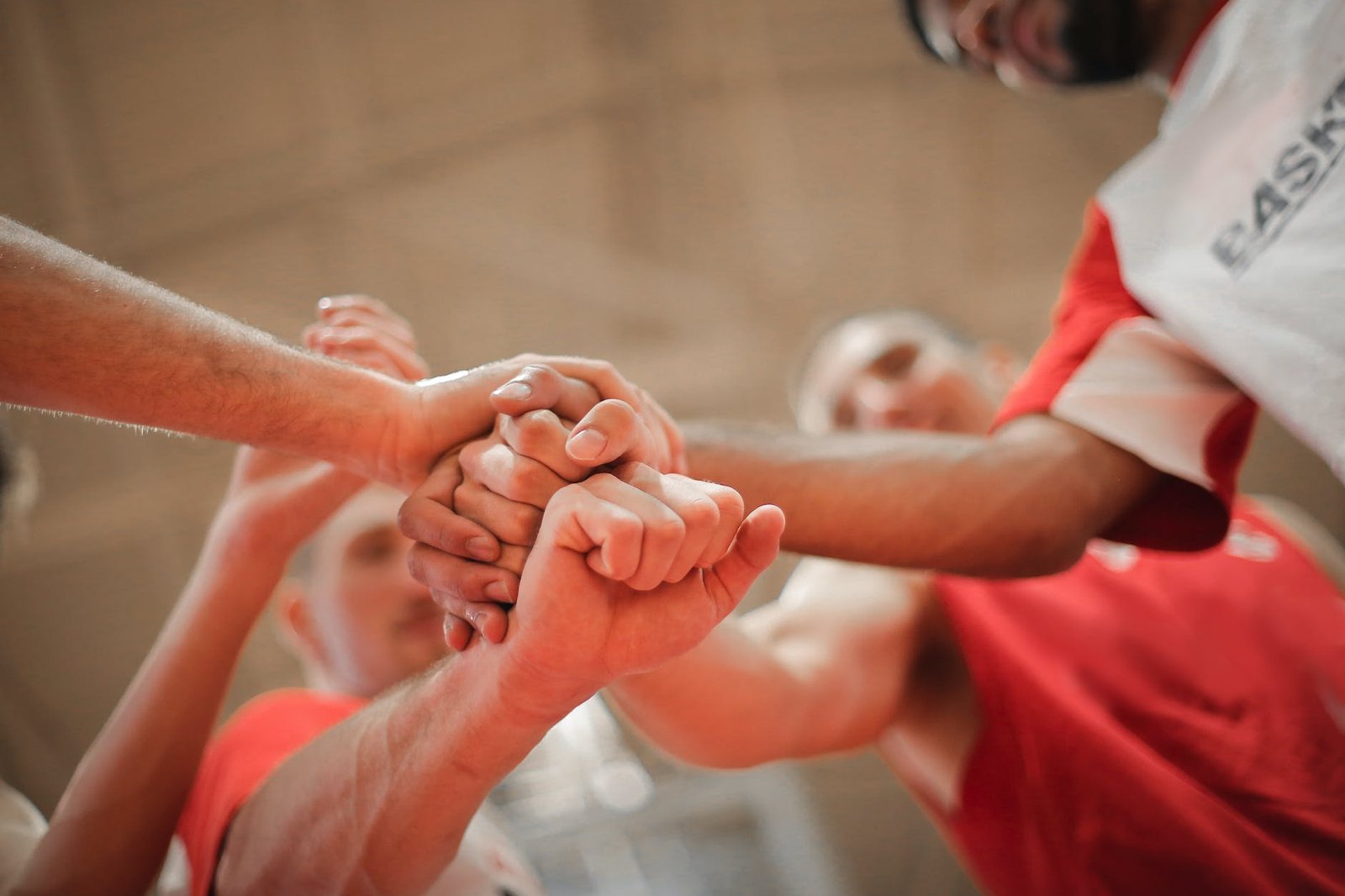How to Motivate Kids to Practice Soccer? It Takes a Village
We all love soccer, because of passion and the history we have with it. We know it’s good and promotes teamwork, discipline, and physical fitness. However, we often have no idea how to motivate young kids to practice soccer, even when we see amazing soccer talent in plain sight. As parents, coaches, and fellow players, we have a responsibility to inspire and ignite their passion for the game. We often see a kid just standing there, doing nothing at all or something unrelated, like dancing or singing. Or sometimes a player is practicing only at practice, but not outside. Often times a player wants to play, but not practice. By collectively setting standards, reinforcing fun, providing healthy competition, and offering incentives, we can help young kids fall in love with soccer and develop their skills on and off the field.
Coordinated effort by parents, coaches, and other players
Motivating young kids to practice soccer requires a coordinated effort from parents, coaches, and other players. It is crucial to create a supportive and encouraging environment where everyone works towards a common goal. Imagine if a player gets mixed messages from the sides involved. For example, let’s say that the rule of the coach is to win the game as the only goal. The parents advise the player to make friends at soccer. The other players are here just to have fun. What conclusion should the player have in the end? At best, the player has already built their own mind and can navigate this conflicting signals. More likely, at young age the player will be confused and will likely not progress as well as they could.
Coaches and parents should communicate regularly to align on the goals of the team. If the coach is coaching a teenage rec league team with equal playing time and only positive feedback, then the parent cannot hold the player to an expectation to play for the national team. Parents can attend practices and games, cheer for their children, and offer words of encouragement. Coaches should foster a positive team dynamic, focusing on building skills and teamwork rather than solely on winning. Fellow players should act as role models, helping and supporting each other both on and off the field. By working together, we can create an atmosphere that motivates young kids to practice soccer consistently.
Coaches set standards and keep soccer fun – ultimate way to motivate kids to practice soccer
Coaches play a vital role in motivating young kids to practice soccer. Even if they find and recruit the best players, they still need to add their expertise to the mix. They should set clear standards and expectations, helping children understand the importance of discipline and commitment. However, it is equally essential for coaches to keep soccer fun. Engaging training sessions that incorporate drills, friendly competitions, and small-sided games can make practice enjoyable for young kids. By creating a balance between structure and fun, coaches can inspire their players to eagerly attend each session and give their best effort.
Should coach play more games at practice instead of drills?
The goal of the practices is to develop the technical, physical and psychological aspects of the players and the team. So, if we see a great technique, but poor attitude in practice, then maybe the drill is great for technical development, but creates the bad habits. Sprint races can be great for physical and psychological development, but it provides very little new technical skill. The most important question to ask is if the players are engaged and doing their best. The main role of the coach is to keep the players at the optimal level of practice using any method they know. This means that sometimes they would create fun games that take little effort and other times have conditioning training that is not creative at all.
Trick for coaches
As gifts work for motivating soccer coaches, they work x 1 million for teh players. Find the cheapest reward that you can think of and give it as a prize once a month. I have given water bottles for prizes, which cost less than 3 dollars per bottle, to the player that did most juggles that practice. When players found out the rules, they started practicing for hours every day to win that water bottle at the next practice. For context, the player that practiced the most had an amazing hydro flask and his parents drive a Tesla – my point is that it’s not about the money, it’s about the competition.
Parents can motivate kids to practice soccer daily
While coaches have a significant impact, parents also have a crucial role in motivating young kids to practice soccer. First of all, they have to get the right gear in the sun and in the rain. Of course, kids needs to stay safe, but you want them to go with full effort through the heat and the snow during their soccer practices and games. Parents should reinforce the fun aspect of the sport by attending games, recording the soccer games of the players, showing enthusiasm, and celebrating their child’s achievements. Additionally, parents can create opportunities for practice at home and in the backyard. Setting up a mini soccer field, organizing friendly matches with siblings or neighborhood kids, and participating in drills together can further enhance a child’s interest in soccer. By actively engaging in their child’s soccer journey, parents can instill a sense of dedication and passion.
The chat in the car on the way to practices/games and after can be incredibly powerful for the psychological development of the person, not only the player. The best method for this is to ask guiding questions and to make sure to focus on the effort and not the outcome. Sometimes they are the poacher that scores tons of goals, but otherwise the team might be losing badly. Read about how to talk to a soccer player and encourage them. Parents know their kids the best, but often they don’t know themselves as well. It’s important to have no judgment and to create positive reinforcement to encourage the player to try their best. The parent has to create standards that the kid will aspire to even if they are on their own.
Trick for parents
Support a moderate amount of soccer media to be consumed in order to motivate kids to practice soccer. There are various books to be read, from soccer biographical stories for various ages, to tactical analysis and stories about other supporting roles of the soccer world. There are soccer movies or even sports movies in general, that can be very motivational. Finally, there are video games – we are against unlimited time, but a moderate amount can be beneficial. One game that we recommend is FIFA or Pro Evolution Soccer, but what we would recommend is to play in the career mode, where the player controls one player only. They will learn much better how to be positioned correctly but also increase their patience when they don’t have the ball.
Soccer Competition Makes Sense Only With Other Competitors
“You are the average of the 5 people you interact most with” – we have all heard this rule before. If that is true for the personality a human develops, it is even more true for the soccer player. As soccer is not played in the kitchen, classroom, or music recitals, it is even more vital to get the right teammates. The right teammates are those that can exchange skills, passion, and team spirit. That doesn’t mean that they will be model citizens, although it would be great if they were. The character of exceptional competitiveness and fighting spirit does not always accompany modest behavior. However, it is often when the biggest fighters against opponents are the biggest supporters and protectors of their teammates. Be that kind of player and find like-minded teammates.
Mentorship, leadership and captaincy
Soccer is a great way to become a mentor for your teammates and younger players, too. Every player on the team is on a learning journey and there is always more to discover. The mentor-mentee relationship is beneficial for both sides. After all, being a captain of the soccer team is nothing else than being a mentor to each player on that team. Each player on the team is there to support, encourage and challenge the other players on the team. Finding healthy ways to motivate kids to practice soccer will transcend soccer and if the player develops leadership skills, they will keep them in any profession they end up pursuing a career in.
Tricks for teammates
The rule is very simple – be a true friend! High-five them when do a good job, and tell them when they don’t do their best. If somebody is insecure, say loudly that you want to play with them during scrimmage. If somebody is being not serious, tell them that they owe you and the team to get better. Maybe somebody is being arrogant, so you have to address that, too. Playing outside of practice and games is common, so make sure you invite your teammates to play with you. True friendship is the cornerstone of a happy team and great players.
Motivating young kids to practice soccer requires a collective effort from parents, coaches, and other players. By fostering a supportive and encouraging environment, setting standards, keeping soccer fun, providing healthy competition, and offering incentives, we can inspire kids to love soccer. Let us nurture their enthusiasm and ignite the flame of passion, so that they may not only excel on the soccer field but also develop valuable life skills that will stay with them forever.





